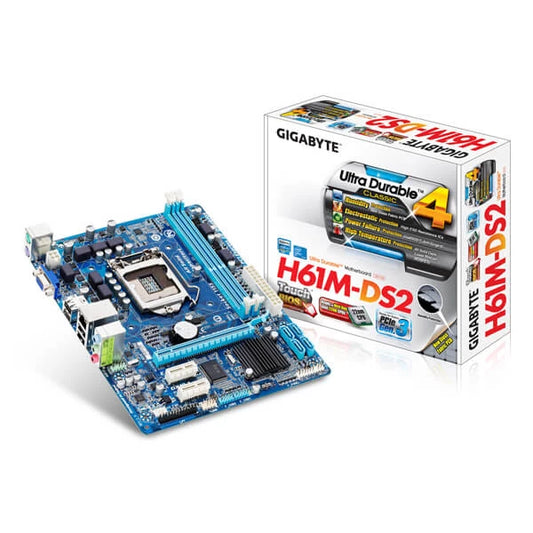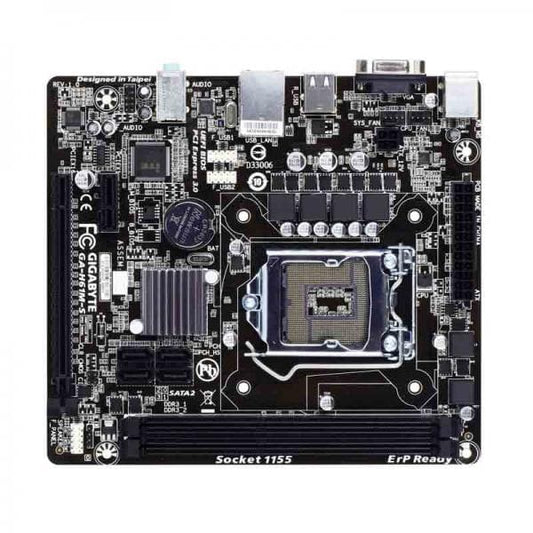ANT VALUE H61MAD3-N DDR3 Intel Motherboard
Rs. 1,585.00
Rs. 6,899.00
GIGABYTE GA-H61M-DS2 DDR3 Intel Motherboard
Rs. 7,780.00
Rs. 10,999.00
GIGABYTE GA-H61M-S DDR3 Intel Motherboard
Rs. 7,245.00






